I see that you want me to write an article on receiving many market streams (e.g. streams of user data and streams of the Websocket market) with API Binance Futures in one stream.
Here is the article:
Receiving many market streams in one stream
API Binance Futures allows programmers to access various types of market data, including data streams defined by user and market streams based on WebSocket. However, access to many data streams can be difficult due to the restrictions imposed by the API interface project.
In this article, we will examine whether it is possible to receive both streams of user data and the streams of the Websocket market in one stream using the API Futures Binance Futures interface.
Access to user data streams
Users’ data streams allow users to collect specific data points from the market. These streams are usually used for advanced trade strategies that require real -time data channels. To access user streams, you need to send the “Trades /User-Data with the API and token key.
Access to the streams of the Websocket market
Websocket market streams provide a real -time market channel via WebSocket connections. These streams are also used for advanced trade strategies that require real -time data channels. To access the Websocket market streams, you must send the “Trades /Websocket” request using the API and token key.
Connecting streams of user and streams of the Websocket market
Although it is technically possible to combine both the streams of user data and the streams of the Websocket market in one stream using the API Binance Futures interface, this approach has some restrictions. According to the documentation, you can only subscribe to separate streams for each data source, which means that you must provide two separate requests: one for the user data stream and the other for the Websocket market stream.
Here is an example of how you can connect these two in one stream:
`Bash
Get/Trades/User-Data?
Host: binnace.fusters-ip.com
Content type: Application/JSON
{
"IDS": [
1
],],
"Pola": [
"ID",
"Name",
"Price",
"Open",
"Tall",
"Short",
"Close",
"Volume"
]
}
`Bash
Get/Trades/Websocket?
Host: binnace.fusters-ip.com
Content type: Application/JSON
{
"IDS": [
1
],],
"Pola": [
"ID",
"Name",
"Price",
"Open",
"Tall",
"Short",
"Close",
"Volume"
]
}
However, this approach would result in two separate streams: one for streams of user data and the other for streams of the Websocket market. Then you can connect these streams using the “Union” function provided by API Binance Futures.
Using the union functions
To connect two streams, you need to use the “Union” function, which allows you to connect many streams into one stream. However, this function is supported only for a limited set of data sources and requires sending many demands with the same “IDS” parameter.
Here is an example of how you can combine both streams of user data and the Websocket market streams using the Union function:
`Bash
Get/Trades/User-Data?
Host: binnace.fusters-ip.com
{
"IDS": [
1
],],
"Pola": [
"ID",
"Name",
"Price",
"Open",
"Tall",
"Short",
"Close",
"Volume"
]
}
Get/Trades/Websocket?
Host: binnace.fusters-ip.com
{
"IDS": [
1
],],
"Pola": [
"ID",
"Name",
"Price",
"Open",
"Tall",
"Short",
"Close",
"Volume"
]
}
“ Bash
Place/Trades/Union http/1.

